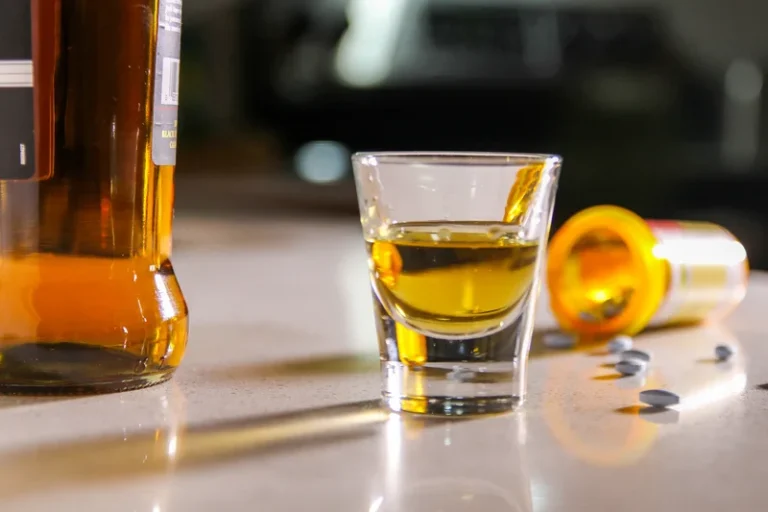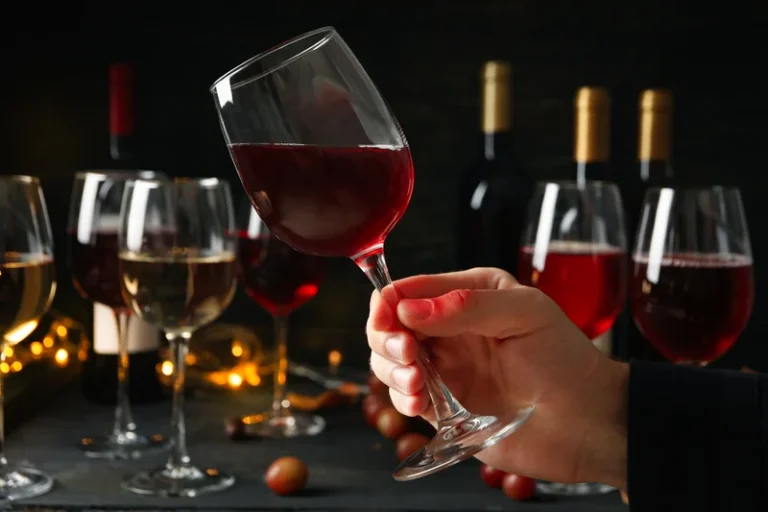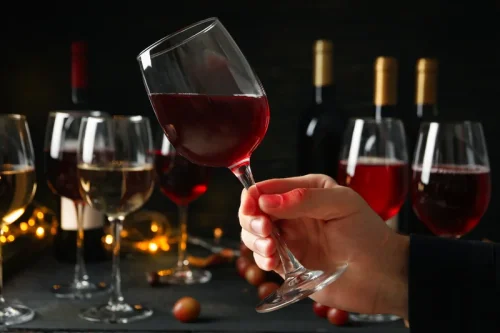
Other medications may have side effects that make you feel ill, but this is not intentional. If you feel sick after taking any other drug to quit drinking, ask your doctor about alternatives. The only medication that intentionally makes you feel ill from drinking alcohol is disulfiram, also known as Antabuse.
- “You don’t have commercials talking about these drugs,” says Stephen Holt, MD, who co-directs the Addiction Recovery Clinic at Yale-New Haven Hospital St. Raphael Campus in Connecticut.
- Abstinence has been evaluated using absence of positive urine drug tests, absence of self-reported drug use, and regularly attending sessions where drug use is assessed.
- Our daily research-backed readings teach you the neuroscience of alcohol, and our in-app Toolkit provides the resources and activities you need to navigate each challenge.
- Similar to ashwagandha, holy basil may help alleviate anxiety from alcohol withdrawal.
- The two other medications—acamprosate (Geerlings et al. 1997) and tiapride—are used in various European countries, although these drugs have not been approved for use in the United States.
Stopping Alcohol Cravings Naturally

In addition, both of the above-mentioned neurotransmitters influence dopamine activity in the nucleus accumbens. These interactions are further regulated by a balance between excitatory neurotransmitters (e.g., glutamate) and inhibitory neurotransmitters (e.g., gamma-aminobutyric acid GABA). Participating in a mutual-help group like Alcoholics Anonymous (A.A.) or another 12-step program can offer even more support. These types of groups provide access to information that can be helpful for coping with alcohol cravings. Overall, experts are hopeful that this could lead to more help for people with addiction use disorders. “The impact on substance use and alcohol use disorder is far-reaching,” Dr. Sarhan.

The Time is Now!
A key finding was that the magnitude of semaglutide’s effects on several drinking outcomes appeared potentially greater than is often seen in similar studies with existing AUD medications, even though semaglutide was only administered at the lowest clinical doses. The effectiveness of ritanserin for treating alcoholism was recently tested in a rigorous multicenter, placebo-controlled clinical trial in which 423 alcoholics received up to 5 mg of ritanserin per day concurrently with cognitive-behavioral therapy (Johnson et al. 1996). All study participants significantly reduced their alcohol consumption by the end of the 12-week study period. However, no difference in either craving or drinking level was observed between the patients who had received ritanserin and the patients who had received the placebo. Study participants will remain in the trial for 4 weeks (at least 2 weeks as an inpatient) and will be followed up at 3, 6 and 12 months postrandomization. While topiramate is not FDA-approved for alcohol use disorder, studies have suggested that it can be effective in reducing alcohol cravings and withdrawal symptoms.
Why do GLP-1s reduce alcohol cravings?
The sedative gamma-hydroxybutyrate is a neurotransmitter related to GABA and was formerly administered clinically as both a hypnotic and an anesthetic. In addition, the drug may effectively relieve some alcohol-withdrawal symptoms (Litten et al. 1996). In an open, multicenter trial with abstinent alcoholics, this medication reduced alcohol consumption and significantly reduced craving measured by the 14-item Alcohol Craving Scale (Addolorato et al. 1996). However, some subjects became dependent on the medication itself and began to take increasingly higher doses. Therefore, the drug should be administered to alcoholics only with extreme caution and close monitoring.
Which Medications Are Used To Stop Alcohol Cravings?
This initial consultation is crucial for determining the most suitable medication for your needs. It’s important to take the proper steps with a medical professional to start medication treatment for alcohol use disorder. None of these medications can block the effects of detox completely, and none should be taken without supervision. If you experience any physical addiction symptoms, talk to a doctor, and don’t go it alone. Approved by European Medicines Agency for anticraving indication in patients with alcohol use disorder. Approved by US Food and Drug Administration for anticraving indication in patients with alcohol use disorder.
- In addition, a laboratory study that investigated the effects of four doses of naltrexone (ranging from 0 to 100 mg) on alcohol-dependent subjects found no effect on the subjects’ urge to drink (Farren et al. 1999).
- “In the brain, GLP-1 receptors act like a stop light and tell certain areas of the brain to stop releasing dopamine, the feel-good chemical that reinforces compulsive or addictive behavior, like alcohol consumption or over-eating,” Varisco says.
- It binds to and blocks opioid receptors in the brain, which reduces the buzz and intoxicated feeling you get from drinking alcohol.
- While still in its early stages, ketamine-assisted therapy is quickly gaining attention as a novel approach to addiction treatment.
- Anti-craving medications like Acamprosate, Antabuse, and Naltrexone offer promising support for individuals struggling with alcohol dependence.
- One study conducted in persons who used both alcohol and cocaine found no effects of naltrexone in reducing alcohol and cocaine craving.
Acamprosate
Medication-Assisted Treatment offers a multifaceted approach to overcoming alcohol addiction, providing essential support and increasing the chances of successful recovery. The contents of this review contain information on off‐label use of released licensed medications. The readers need to read package insert on dosage and side effects of each drug mentioned in this review before the prescribing them to patients.
How to Be Successful with Medication Treatment for AUD

He has conducted multiple clinical trials examining the use of naltrexone in primary care and other community settings. As a practicing physician, Josh helps manage the NYC Health + Hospitals/Bellevue addiction medicine clinic in adult primary care. Little research has been conducted on alternative endpoints in opioid use disorder treatment, but it will be needed to advance medication development in this area. Decreased substance use also makes it more likely that the individual can hold a job, be a supportive family member, and so on. GLP-1RAs, originally developed for diabetes and obesity, are emerging as potential treatments for SUDs. Preclinical studies suggest these drugs modulate reward pathways, reduce cravings, and influence stress responses.
This can be a key to breaking the hold that your triggers to drink have on you. Although marijuana addiction the available evidence is mixed or lacking in humans, the following natural supplements, herbs, and vitamins might help curb alcohol cravings (5, 6, 7). Generally, the more alcohol you drink on a regular basis, the longer it takes for cravings to subside. Even when you’ve resolved not to drink or to drink less, temptations to have a drink are normal, and the interaction of alcohol with the body’s own biochemistry makes the desire to keep drinking very predictable. Understanding and recognizing these factors will help you reduce or manage cravings more effectively.
“In the brain, GLP-1 receptors act like a stop light and tell certain areas of the brain to stop releasing dopamine, the feel-good chemical that reinforces compulsive or addictive behavior, like alcohol consumption or over-eating,” Varisco says. When it comes to alcohol, semaglutide may help people stop drinking sooner than they otherwise would have. Counseling, medication, support from family and friends, changing your diet, taking supplements, and alternative treatments may all help lessen your alcohol cravings. Yet medications for alcohol use disorder can work well for people who want to stop drinking or drink a lot less.


Researchers haven’t compared medication alone to psychotherapy alone, and results are mixed as to whether combining the reduce alcohol craving two provides greater benefits than either one alone. Some studies suggest that simply getting help — whether through medication, counseling, or both — is what matters for successful management of this addiction. Like naltrexone, acamprosate seems to work best for people who are able to stop drinking before starting treatment.